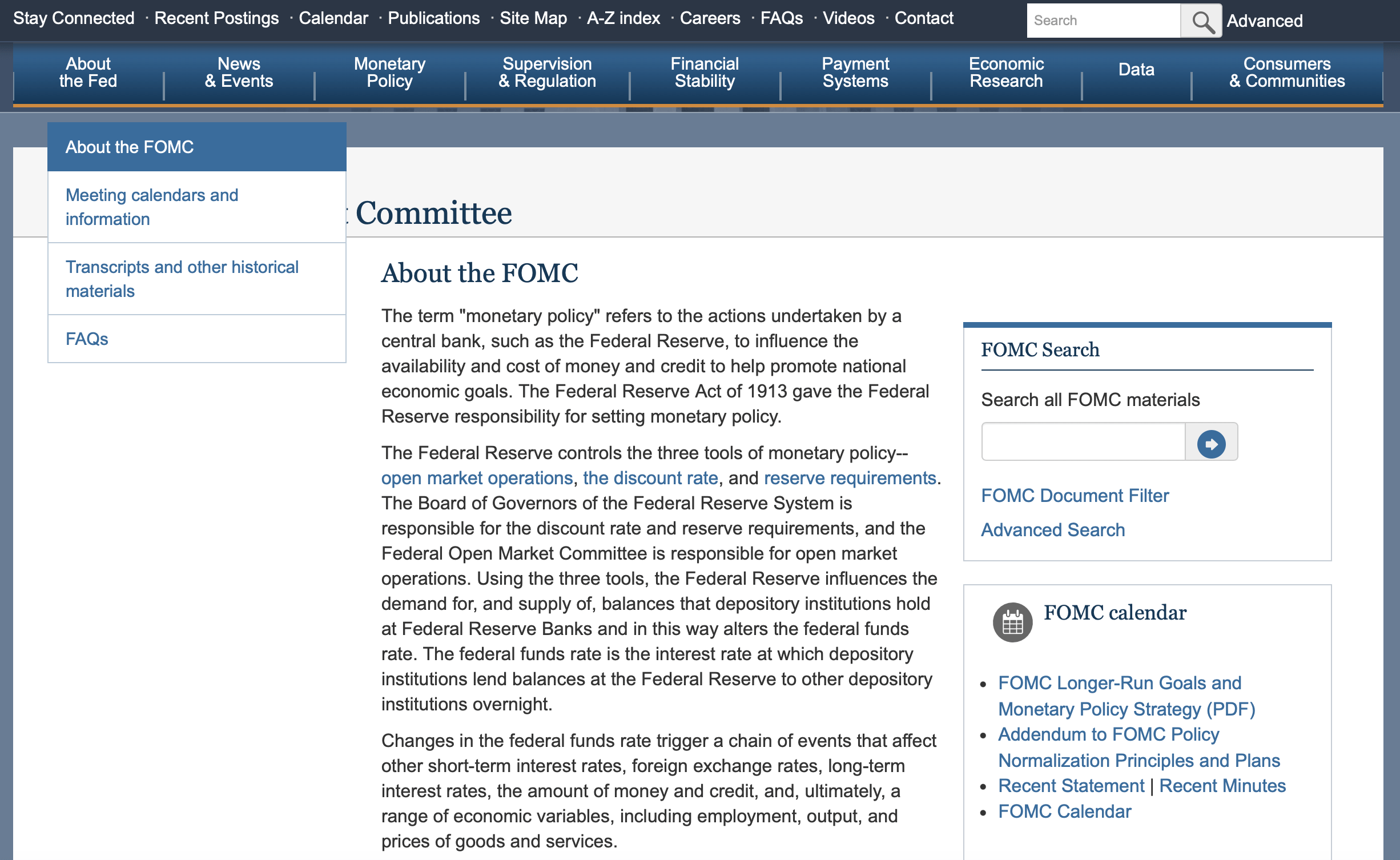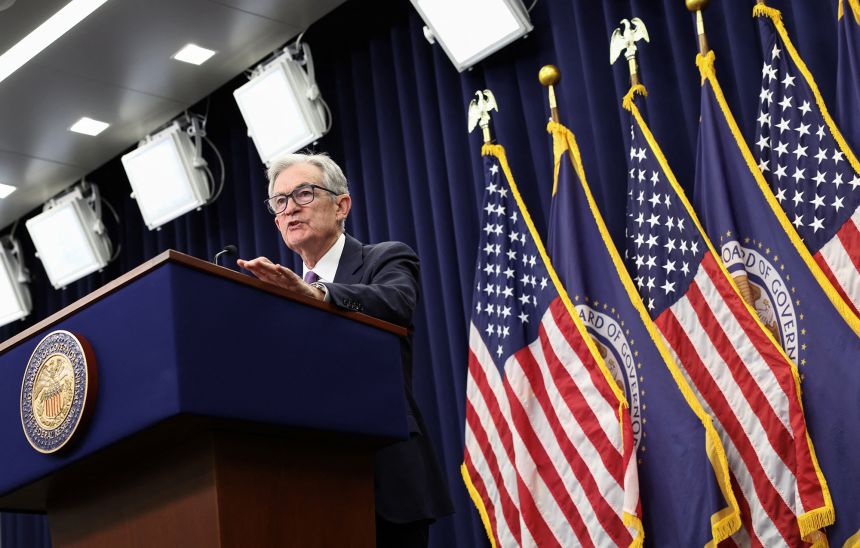The United States Federal Reserve has once again shifted the global financial landscape with its October 29, 2025, decision to cut the federal funds rate by 25 basis points, moving the target range to 3.75% to 4.00% . This marks the second rate reduction this year, a move that sends a clear signal about the central bank's evolving approach to navigating economic crosscurrents. For the cryptocurrency market, this decision is far more than a traditional finance headline; it represents a pivotal infusion of liquidity that has historically acted as a powerful catalyst for digital asset valuations. As the Fed maneuvers between supporting economic growth and managing persistent inflationary pressures, its policies are directly reshaping the investment calculus for Bitcoin, Ethereum, and the broader digital asset ecosystem. This article will dissect the mechanics of rate cuts, analyze the immediate fallout from the latest Fed meeting, and explore the intricate transmission channels that link monetary policy to cryptocurrency price action, providing a comprehensive outlook for what lies ahead.
FED & FOMC Explained
FOMC Official Site. Source: Federal Reserve
The Federal Reserve (Fed),as the central bank of the United States, wields considerable influence over global financial markets, including the cryptocurrency market, which has emerged as an important extension of the financial sector in recent years. The Federal Open Market Committee (FOMC), the Fed's primary decision-making body, is responsible for setting crucial monetary policies, with its most closely watched decision being the adjustment of the federal funds rate—commonly referred to in the cryptocurrency market as “rate hikes” or “rate cuts.”
The FOMC’s decisions on rate hikes or cuts significantly impact economic liquidity and financial market volatility, which, in turn, notably influence cryptocurrency prices. For cryptocurrency investors, understanding the FOMC’s policy direction is essential. This article offers a comprehensive overview of the FOMC’s membership, meeting process, and the content of its statements and economic projections, aiming to help investors grasp how the Fed’s monetary policy decisions shape market dynamics, thereby enabling more informed investment strategies.
Understanding Rate Cuts
United States Fed Funds Interest Rate. Source: Trading Economics
A rate cut, in the context of the U.S. Federal Reserve refers to a reduction in the target range for the federal funds rate. This is the interest rate at which depository institutions lend reserve balances to other banks on an overnight basis . As the principal benchmark for short-term interest rates in the United States, it forms the bedrock upon which countless other borrowing costs are built, from business loans and mortgages to credit card rates.
The primary objective of lowering this rate is to stimulate economic activity. When borrowing becomes cheaper, businesses are more likely to invest in expansion and hiring, and consumers are incentivized to spend rather than save. The Fed typically employs this tool when it perceives risks to economic growth, such as slowing job gains or subdued economic expansion . Conversely, the Fed raises rates to cool down an overheating economy and combat high inflation. The current cycle is particularly nuanced. The Fed is grappling with a dual mandate: it aims to support a job market that has shown signs of cooling while also ensuring that inflation, which has moderated but remains above the 2% target, does not become entrenched . This tightrope walk makes every rate cut decision a carefully calibrated risk.
The October 2025 Rate Cut
The Fed's October meeting culminated in a widely anticipated decision to cut rates by a quarter percentage point . However, the event was far from routine. The vote of 10-2 among Federal Open Market Committee (FOMC) members revealed significant internal divisions, with one official favoring a more aggressive 50-basis-point cut and another preferring no cut at all . This lack of consensus underscored the complex economic environment in which the Fed is operating.
A critical backdrop to this decision is the ongoing federal government shutdown, which began on October 1 and has led to a "paucity of reliable economic data" . Chair Jerome Powell acknowledged that the shutdown "will weigh on economic activity while it persists," creating an additional layer of uncertainty for policymakers who rely on official data on employment and inflation . It was Powell's subsequent press conference, however, that defined the market's reaction. He explicitly stated that a "further reduction in the policy rate at the December meeting is not a foregone conclusion. Far from it, policy is not on a preset course" . This "hawkish" tone, emphasizing data dependency and future uncertainty, immediately tempered market expectations for a guaranteed easing cycle. Following his remarks, traders scaled back their bets on a December cut, with the probability falling from 90% to 71% . This communication was a deliberate attempt to manage market expectations and retain policy flexibility.
The Cryptocurrency Connection: Liquidity and Risk Appetite
The link between Federal Reserve policy and cryptocurrency markets is both profound and multifaceted. At its core, it revolves around two interconnected concepts:
liquidity and
risk appetite.
Lower interest rates reduce the yield on traditional safe-haven assets like U.S. Treasury bonds and savings accounts. This compels investors, in search of higher returns, to move capital into riskier asset classes—a category that prominently includes cryptocurrencies . As one analysis notes, "When traditional investments yield less, capital often flows into cryptocurrencies, enhancing overall market dynamism" . This "search for yield" dynamic can trigger substantial capital inflows into the crypto sphere, boosting trading volumes and asset prices. Historically, periods of accommodative monetary policy have correlated with strong performance for major cryptocurrencies like Bitcoin (BTC) and Ethereum (ETH) .
Furthermore, the most recent Fed decision was accompanied by another critical policy shift: an announcement to end the runoff of its balance sheet, a process known as Quantitative Tightening (QT), by December 1 . Ending this liquidity drain is historically viewed as a bullish signal for both equities and crypto, as it halts the contraction of the money supply . The combined effect of lower rates and the end of QT is a potential surge in system-wide liquidity. This environment is particularly beneficial for decentralized finance (DeFi) platforms, which often see an uptick in activity as investors chase the tantalizing prospects for higher returns that are less available in a low-interest-rate traditional finance world .
Market Response and Divergent Analyst Outlooks
The immediate market reaction to the Fed's announcement provided a textbook example of "buy the rumor, sell the news." Because the 25-basis-point cut was so thoroughly priced in by markets, its actual occurrence failed to ignite a sustained rally. In fact, following Powell's cautious comments, Bitcoin prices dipped by about 2.4% . This aligns with the assessment from analysts at firms like 21Shares, who noted that the cut had been "completely priced in" by investors .
The analyst community currently holds divergent views on the forward path. Some remain optimistic about cryptocurrency's prospects in a lower-rate environment. Matt Mena of 21Shares pointed out that "historically, November is Bitcoin's best-performing month," and maintained a "moderately risk-on" stance with a belief that Bitcoin has a "credible path to break to new all-time highs by year-end" . This perspective focuses on the medium-term liquidity benefits. On the other hand, a more cautious narrative highlights the Fed's internal divisions and the "hawkish dissent" as factors that could "restrain market liquidity inflows into digital assets and other risk assets" . The prevailing uncertainty means that the market's trajectory will be highly sensitive to incoming economic data and the Fed's interpretation of it, especially once the government shutdown ends and the full slate of economic reports resumes.
Future Outlook
The future path of monetary policy is shrouded in ambiguity, a fact that Chair Powell himself emphatically underscored. The FOMC is deeply data-dependent, and the ongoing government shutdown has created a significant information vacuum, making "a material change in the economy" harder to detect . Powell admitted this could lead the Fed to be "more cautious about moving on rates" in December .
Looking further out, expectations among economists vary. Luke Tilley, chief economist at Wilmington Trust, anticipates that the Fed will "keep cutting rates well into 2026," potentially bringing the rate down to a "neutral range" of 2.75% to 3% . In contrast, Franklin Templeton Investments has suggested that persistent inflation concerns may mean the "terminal rate in the current policy cycle may be higher than 3.5 percent" . For cryptocurrency investors, this outlook necessitates a strategic and vigilant approach. The era of predictable, preset rate cuts appears to be over. Instead of relying on automatic Fed support, the market will need to navigate a landscape where every new data point on employment and inflation can sway policy expectations and, in turn, trigger volatility in both traditional and digital asset markets.
Conclusion
The Federal Reserve's October rate cut is a definitive event with ripple effects extending far beyond Wall Street and into the heart of the cryptocurrency ecosystem. While the immediate market reaction was muted due to the move being widely anticipated, the underlying shift toward easier monetary policy lays the groundwork for increased liquidity and a potential resurgence in risk appetite. The Fed's simultaneous decision to end quantitative tightening further bolsters this liquidity outlook. However, Chair Powell's firm rejection of a preset course for December serves as a critical reminder that the era of free-flowing central bank support is not returning. For the crypto market, the path forward will be a balancing act. Positive seasonal trends and the structural tailwind of lower rates provide a foundation for optimism. Yet, this must be weighed against the reality of a deeply divided, data-dependent Fed and the lingering specter of above-target inflation. In this new phase, success will belong to investors who can adeptly monitor the nuances of macroeconomic policy while maintaining a long-term perspective on the transformative potential of digital assets.
Reference:
Trading Economics. (2025). United States Fed Funds Interest Rate. https://tradingeconomics.com/united-states/interest-rate
Board of Governors of the Federal Reserve System. (2025, April 9). Federal Open Market Committee (FOMC). https://www.federalreserve.gov/monetarypolicy/fomc.htm
CoinCatch Team
Disclaimer:
Digital asset prices carry high market risk and price volatility. You should carefully consider your investment experience, financial situation, investment objectives, and risk tolerance. CoinCatch is not responsible for any losses that may occur. This article should not be considered financial advice.




